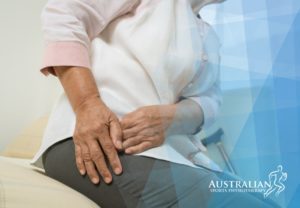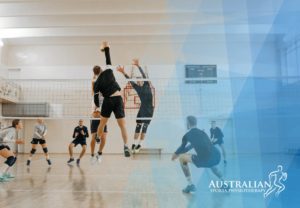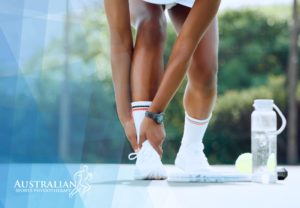Many riders assume cycling is gentle because it’s easy on the joints, however the hours spent repeating the same motion, as well as small issues in posture or setup can add up.
That’s why we see so many cyclists with sore knees, hips, or lower backs.
Most cycling injuries come down to:
- Load, which is essentially how much stress the body is subjected to
- Load distribution, how evenly that load is shared through the legs, hips, and spine.
Common triggers include:
- Increasing your training too quickly
- Riding long distances without enough recovery
- Poor bike fit or saddle position
- Fatigue — when form breaks down late in a ride
Pedalling
Good cycling isn’t just about the strength in your legs. Your hips, core, and even feet all help deliver smooth power to the pedals.
When one link in that chain isn’t doing its job, for example, weak glutes or a stiff lower back – other muscles overwork to compensate.
Over time, this can lead to what we call “power leaks” – wasted energy and poor efficiency which leads to pain.
Load management
Our tissues (muscles, tendons, cartilage) require load, however, the load must match the tissues capacity. Too little load and they get weak. Too much, too soon, and they can become inflamed or break down.
When it comes to load management, the goal is to find a “sweet spot” – the load your body can tolerate and adapt to.
That means:
- Gradually building up distance and intensity
- Taking rest days seriously
- Adjusting your bike and position to reduce unnecessary strain or loa
Common areas of pain in cyclists
1. Lower Back & Pelvis
Long hours in the saddle can round your lower spine or cause the pelvis to tilt awkwardly – especially under high loads.
When that happens, your back muscles have to work overtime, especially in aggressive “aero” positions and as such can be overloaded.
Strengthening your core endurance, and sitting tall with a slightly tilted-forward pelvis rather than a curved lower back can help reduce pain in the lower back.
2. Hips
The hips, in particular the glutes, are the powerhouse of the body when it comes to cycling. But when the glutes are weak or tight, smaller muscles at the front of the hip take over, causing anterior hip pain or pinching at the top of the pedal stroke.
Working on glute strength and control, as well as core strengthening is of paramount importance. Check that your saddle isn’t too high or too far forward.
3. Knees
Knee pain is widely considered to be the most common form of cycling related pain. Pain often comes from the knee tracking inwards (valgus) or from overuse of the quads without enough hip support and often from large amounts of knee flexion at the top of the pedal stroke which accentuates the load on the knee (due to poor bike fit).
It is important to keep knees aligned over your feet, and make sure cleats and saddle height are appropriately adjusted. Add single-leg strength work off the bike.
4. Feet & Ankles
Power starts at the pedal. If your foot collapses inward or your heel drops too much, energy is lost and strain moves up the chain to the knee and hip.
A key tip is to push through the ball and inside edge of your foot.
The Chain
Cycling works as a connected system or “chain” of movement. If one area is weak or tight, another has to pick up the slack.
For example:
Weak glutes → front-of-hip overload → low-back strain → knee tracking errors →
foot instability
That’s why treating a sore knee often starts with fixing your hip or core control.
How a Physio Bike Fit Helps
A physio-led bike fit finds the root cause of your pain by assessing:
- How your body moves
- Which muscles are over- or under-working
- How your posture changes as you fatigue
With the right tweaks to your setup and training, you can ride faster, more comfortably, and with fewer injuries.
Summary
Cycling injuries are the result of load, posture, and fatigue. By understanding how your body
handles those forces, you can keep pedalling pain-free for years to come.







